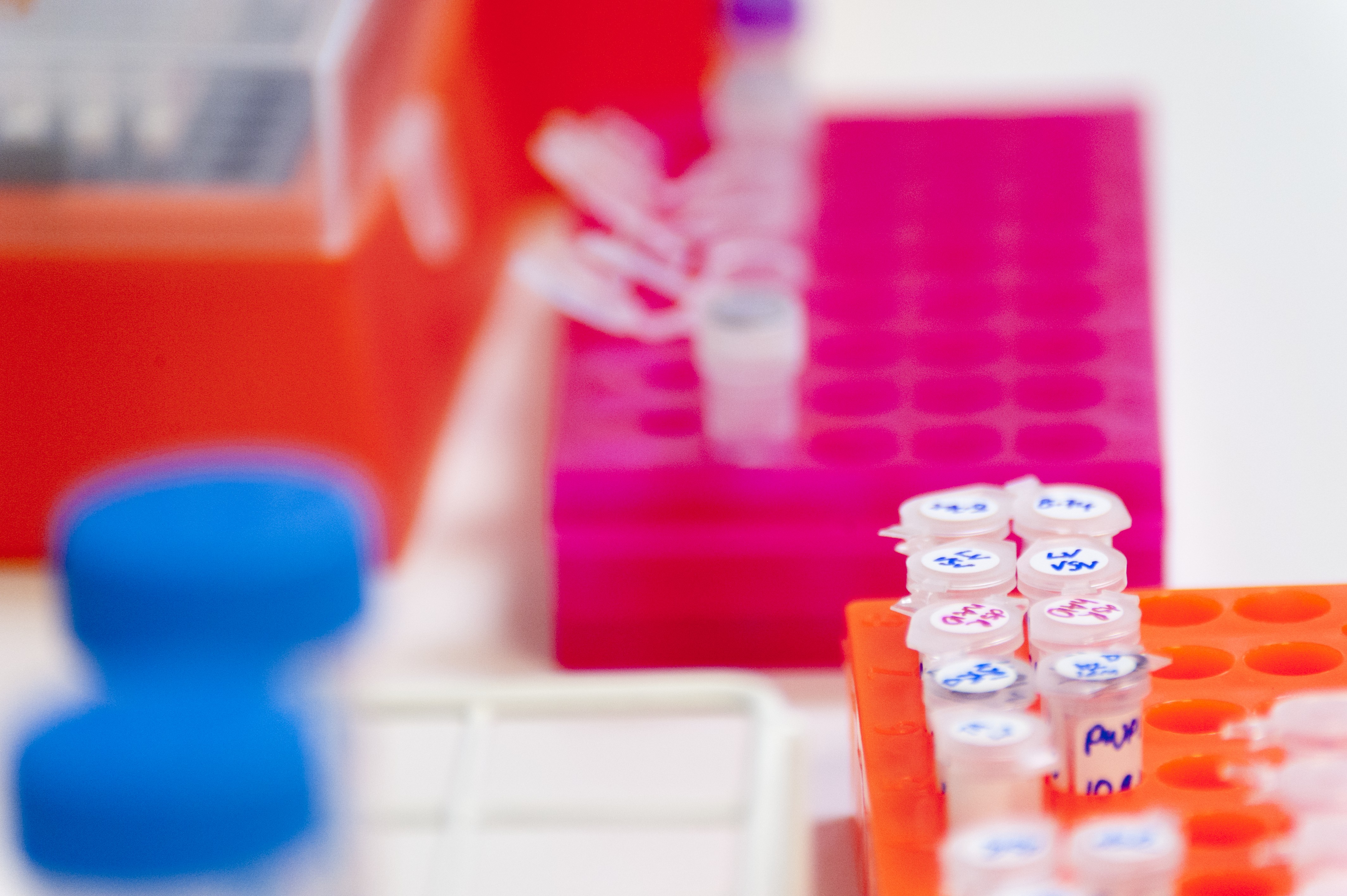As we mark World Statistics Day, Carolyn McNamara, the Manager of the Research Data Management Team at The Institute of Cancer Research, London, explains how statistics are at the heart of every clinical trial.
It is not an error that the clinical trials unit at the Institute of Cancer Research is called the Clinical Trials and Statistics Unit (ICR-CTSU) – because a clinical trial cannot exist without statistics.
Statisticians at ICR calculate sample sizes to ensure sufficient numbers of patients are included in clinical trials to answer the research hypothesis. If the sample size is incorrect, important effects and associations may be unidentified or missed.
Depending on the trial design, an additional statistical technique called randomisation may also be used. Randomisation eliminates the chance of bias and ensures that in a trial comparing treatment A and treatment B for example, that the treatment allocation is not biased to one treatment or another. Stratified randomisation ensures that treatments are adequately distributed across relevant groups like gender, age or other demographic factors. This creates equal size groups for the treatment allocations.
Once data collection is complete, statisticians analyse the trial data using specific statistical tests to evaluate pre-identified values known as the primary endpoints – the key measures that indicate whether a treatment is effective - to test their significance.
In broad terms, a statistically significant result suggests that the outcome is unlikely to be due to chance and that the finding is likely to be genuine.
However, statistical significance is only one piece of the puzzle. If a treatment is found to be effective but causes toxicity, it is clearly unsuitable, regardless of the statistical results.
Clinical trial data may include not only clinical outcomes but also tumour biopsy sample data, genetic data or medical imaging data from images such as CT scans. These diverse datasets require expert handling, analysis and interpretation.
Across the ICR, teams of statisticians, data scientists and bioinformaticians work together to integrate and analyse complex data. By combining expertise across mathematics, statistics, informatics and computer science, they identify patterns, predict outcomes and generate insights that accelerate progress from bench to bedside. In this way, data and statistics are not just tools for analysis – they are vital drivers of discovery and innovation across the ICR and cancer research.
